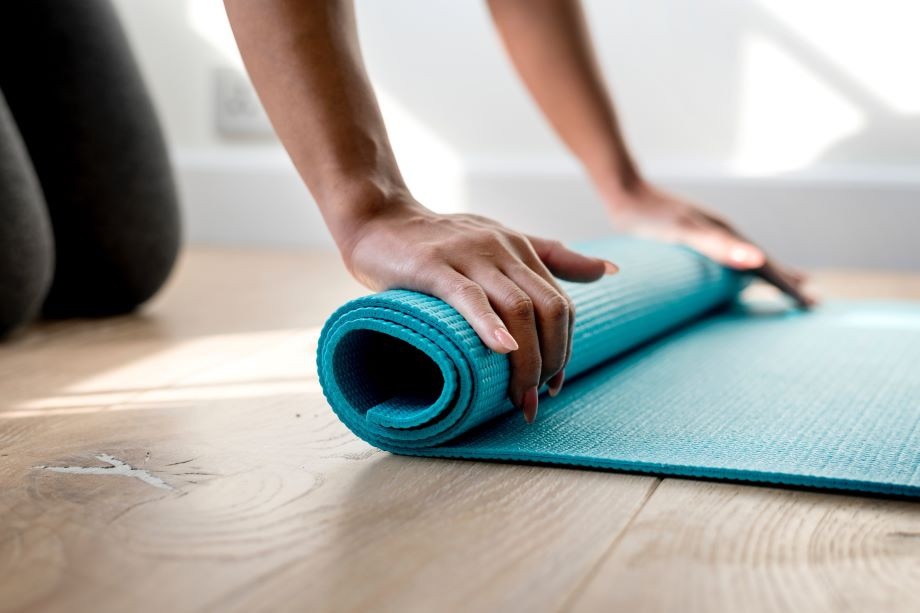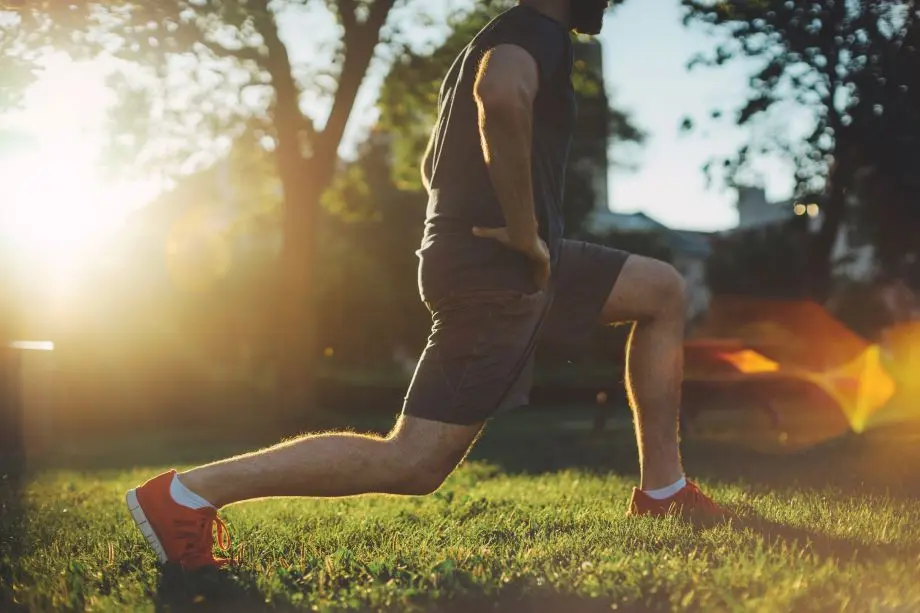As the running enthusiasts at Around the Crown 10K put it, “Before you get to the finish, you’ve got to first prepare yourself to get to the start line.”
Training is serious business, and going from zero to 100 increases your risk of injury. Whether you’re a beginner runner preparing for your first race or an experienced runner looking to set a new personal record, how you train matters.
Still, we often forget to consider what to do before launching a regimented training program. It’s important to incorporate mobility exercises throughout the week to make sure your body is primed for more intense workouts. Proper stretching both before and after exercise also plays a key role in preventing injury and healing hard-worked muscles.
To help you maintain your fitness and train safely, we’ve pulled together a collection of mobility workouts, warm-ups, cool downs and rest day ideas. Check them out below, and happy running!
Looking for a race? Around the Crown 10K returns December 6, 2020. Register online and follow their training plans to be ready for race day.
Mobility Workouts

"Mobility and flexibility often get used interchangeably, though they are different," said Jessica Sabourin, a physical therapist assistant at OrthoCarolina Matthews Physical & Hand Therapy. "Flexibility refers to the amount a muscle is able to lengthen passively (as in a stretch), where mobility is the ability to actively move through a range of motion (dynamic stretch, if you will)."
"It’s important to work on both so that you can have the flexibility of a muscle to attain increased mobility of a joint," she said. "Having better mobility improves the runner’s biomechanics, which will improve performance and decrease risk of injury by being strong enough to power through full-ranged movements."
“For runners, it is imperative to commit to a stretching routine to improve flexibility and avoid injury,” said physical therapist Jennifer Hill, who practices at OrthoCarolina Winston-Salem Physical Therapy. “Tight muscles can lead to cramps, muscle tissue tears and forces on the joints that cause aching pain.”
Try to incorporate mobility workouts two or more days a week to balance out aerobic activities and strength training. Yoga and pilates require little to no equipment and are great places to begin.
- 10 Minute Gentle Flow Yoga: Easy on the Joints
- 10 Minute Mat Pilates to Power through Your Afternoon
- 8 Minute Stretch Routine to Get Moving
- Restorative Yoga for Runners
- Prepare for Your Work Day with These 6 Pilates Exercises
- Top 3 Pilates Exercises You Can Do from Home, According to an Instructor & PTA
Dynamic Stretch Warm-Ups

“Before my runs, I perform a dynamic warm up so my muscles are utilized in their full ranges of motion,” Hill said. “This helps to prevent cramps, and it increases my heart rate and body temperature slowly and steadily so my body will be more efficient on my run.”
Hill and Sabourin typically warm up for 10-15 minutes with various dynamic stretches like high knees, walking lunges, butt kicks, high kicks, leg swings and quad stretches.
"Dynamic stretches should be part of all warm-ups and are important to reduce the risk pulling a muscle," Sabourin said. "These movements allow the muscles to warm up and lengthen and shouldmimic the activity you’re about to perform."
However you stretch before exercise, focus on increasing your blood flow and actively engaging each muscle group.
- Stretches for Runners: How to Warm Up & Cool Down
- Dynamic Stretches for Runners
- 4 Effective Workouts You Can Do at Home
- Charlotte Runners: Learn How to Warm Up When it Cools Down
Static Stretch Cool Downs

"Cool downs allow the heart to have time to slowly wind down from beating 120+ beats per minute," Sabourin said. "This helps to prevent dizziness and gives the heart a chance to gradually recover."
Static stretching allows tired muscles to relax and recover from strenuous exercise. Since your muscles are fully warmed, you'll be able to reach a further range, too.
“After running I am usually exhausted, so I perform static stretches to improve flexibility and address any tight muscle groups,” Hill said. “A few of my favorite post-run stretches include standing/sitting calf, quad, hamstring, and hip stretches.”
Hold each stretch for several breaths, about 30 seconds for each position. Slight discomfort is normal, but pain is an indicator you're pushing too far.
- Stretches for Runners: How to Warm Up & Cool Down
- Foam Rolling for Runners
- Let It Go – 7 Yoga Poses to De-stress & Recenter
- Stretching Guide to Ease Tight Muscles
Rest Days

Rest days play an important part in helping you reach your fitness goals. Schedule a rest day or two into your weekly routine to make sure your muscles have time to recover from exercise.
- 10 Minute Meditation for Relaxation
- Deep Breathing for Pain Control & Relaxation
- The Top 3 Ways You Should Spend Your Rest Day
- Do You Actually Need to Take a Rest Day? We Asked an Expert
Jennifer Hill, PT, is a Physical Therapist at OrthoCarolina Winston-Salem Physical Therapy. Jessica Sabourin, PTA, is a Physical Therapist Assistant at OrthoCarolina Matthews Physical & Hand Therapy.
Back




Leave a Comment